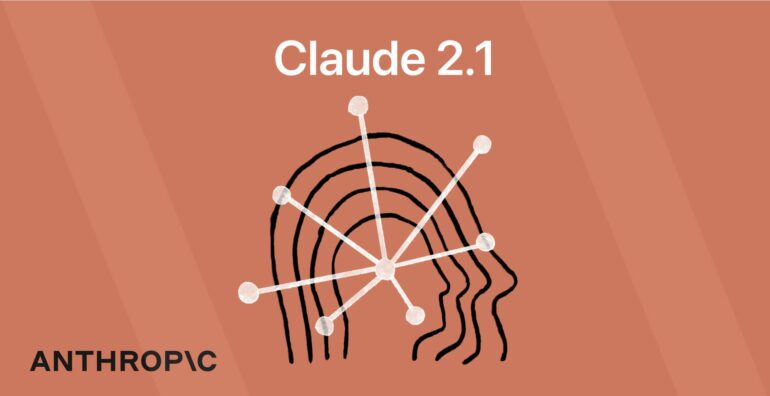TL;DR:
- Claude 2.1, an advanced language model, introduces a 200K context window, a significant upgrade over its predecessor, Claude 2.0, and other AI tools.
- It addresses the issue of generating false statements with innovative techniques, reducing the likelihood by 50% compared to Claude 2.0.
- Claude 2.1 excels at handling long-form documents, legal filings, and financial reports, making it invaluable for researchers and professionals.
- Anthropic envisions diverse applications, including document summarization, complex Q&A, trend forecasting, and document comparisons.
- The technology is expected to further reduce latency, enhancing the user experience.
Main AI News:
In the ever-evolving realm of language models, Claude 2.1 emerges as a beacon of progress, building upon the groundwork laid by its predecessor, Claude 2.0. What sets this iteration apart is its groundbreaking 200K context window, a substantial leap from the 40K context window of GPT-4 Turbo and, indeed, the largest context window available in the public domain. This expanded context window empowers Claude 2.1 to process and retain a wealth of information, resulting in responses that are not just coherent but also remarkably insightful.
One of the persistent challenges faced by Language Models (LLMs) is their occasional tendency to generate inaccurate information. Claude 2.1 takes a decisive step towards rectifying this issue by incorporating innovative techniques that significantly mitigate the risk of generating false statements. Anthropic proudly asserts that Claude 2.1 is now only half as likely as its predecessor, Claude 2.0, to provide users with erroneous information.
But Claude 2.1’s prowess extends beyond error reduction. It excels in handling long-form documents, such as legal filings and financial reports, with finesse. This LLM can efficiently distill the essence of these extensive documents, respond to queries regarding their content, and even discern emerging patterns and valuable insights. Such capabilities render Claude 2.1 an invaluable asset for researchers, analysts, and professionals across diverse industries.
Anthropic envisions Claude 2.1 as a versatile tool, finding application in a myriad of use cases. From summarizing lengthy documents to conducting complex Q&A sessions, forecasting trends, and performing meticulous document comparisons, the possibilities are boundless. As the technology continues to advance, latency is expected to dwindle, further enriching the user experience.
The advent of Claude 2.1 marks a momentous milestone in the trajectory of LLMs. With its expansive context window, diminished inclination towards generating erroneous content, and proficiency in handling intricate documents, Claude 2.1 firmly establishes itself as a formidable contender in the landscape of Language Models. Anthropic’s unwavering commitment to research and development foreshadows the promise of even more sophisticated language processing capabilities in the foreseeable future. Stay tuned for what lies ahead in this exciting journey of linguistic innovation.
Conclusion:
Claude 2.1’s enhanced language processing capabilities, including its expanded context window and reduced error rate, position it as a powerful contender in the market. Businesses across various industries stand to benefit from improved document handling, data analysis, and user engagement. As this technology evolves, it is likely to shape the future of language processing and its applications in business.

